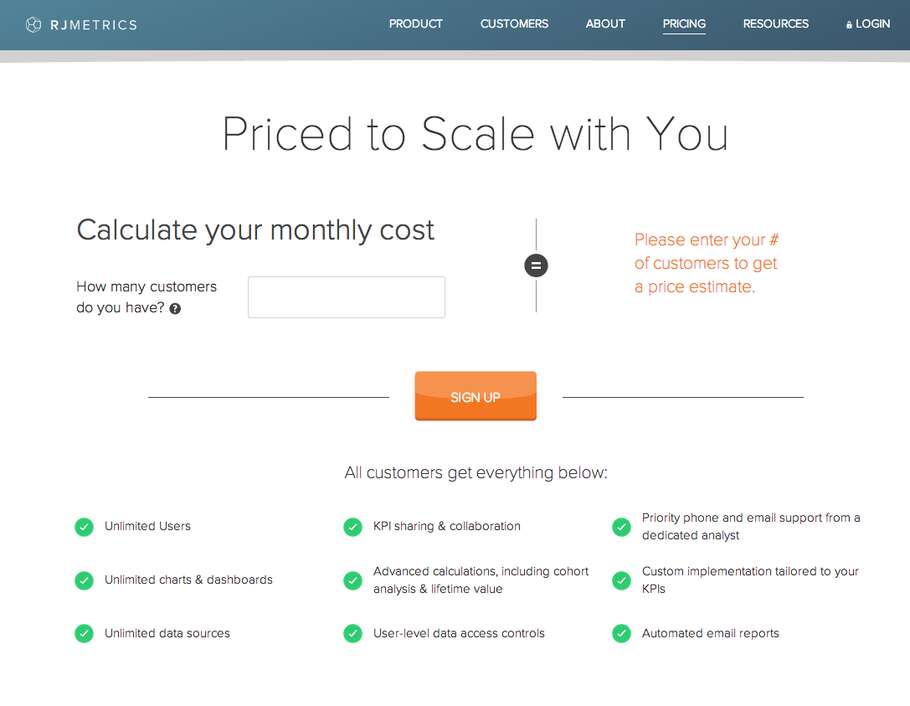One of the first things you have to do when you set up a SaaS business is figure out your pricing structure. The problem is that it’s hard to know where to start or what to do.
Here are four best practices to start with:
It used to be trendy to require potential customers to book a sales call before they could get pricing information about a product. The idea is that by getting a client on a call or demo, you’re getting them to commit a little bit, which makes it easier to get them to commit more to the product later.
If you’re a larger company with an expensive product, this might make sense for you. However, for most SaaS companies, you’ll want to have your prices clearly stated. This does two things:
- Provides prospective leads with the information they need to make a decision
- Ensures that these leads are the best fit for your business based on the pricing range
On top of being easy to see, prices need to be easy to understand. Confused customers don’t buy. If there’s too many factors that go into a pricing table, it’s likely that people will get overwhelmed and click away before signing up for a trial or to book a demo. Make sure to display prices in the clearest way possible, that’s also easy to understand. You should also make it easy for visitors to see other details at a glance, like how long the free trial is and what features are included. (If you’re looking for a subscription management tool that makes it easy to set up free trials, look no further – it’s one of our features.) And if you want to learn more about how to optimize your prices, head here.
A custom plan can be great, as long as it doesn’t come at the sacrifice of simplicity and transparency. Remember – you don’t want to confuse customers out of buying. One way to do this is by adding a pricing calculator to your page, like so:

In an interesting counterpoint to the way most companies display prices, RJMetrics increased signups on their pricing page by 310% by changing away from a three-column table to use a calculator users immediately see what they’d be paying. This is a great example of how you can combine flexibility, simplicity, and transparency.
Obviously, when it comes to pricing, you have to consider profitability and what works for your business model. But you shouldn’t be making pricing decisions based solely on that. After all, your customers don’t care about your profit margins. They care about getting a product they want to use, at a price that works for them. By thinking about ideal customer groups first and designing packages around those needs, instead of around what they want, SaaS businesses can offer plans and pricing formulas that are a better fit for customers.
If you want to read more on the psychology of sales and how it differs between subscription sales and one-time offerings, we’ve got a post for that. And if you’re looking for other ways to convert more leads to customers, check out our free guide to optimizing your pricing:
